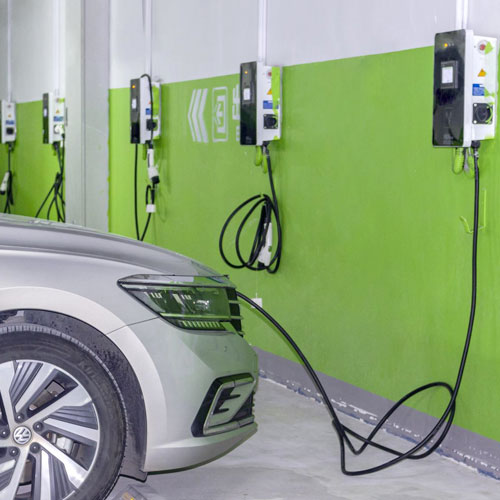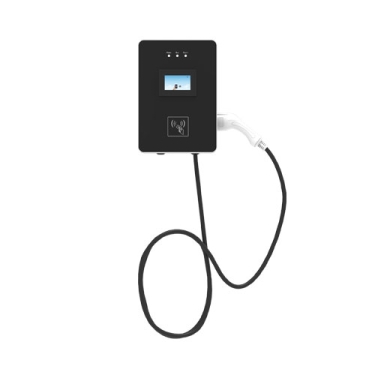32a ev charger station refers to a charging facility that can provide 32 amperes of current, also known as a Level 2 electric vehicle (EV) charger. It can be used in various parking lots or home garages, with a charging speed of up to 32a. It is a facility that provides fast charging services for ev.
32a ev charger station product technical parameters are as follows:
Parameters | Requirements |
General Requirements | |
EV Charger Type | AC |
Charger Capacity | 22KW |
Equipment size | L324*W161*H1430(mm) / L359*140*H510(mm) |
Product Model NO. | ENC-ACB/L022A |
Mounting | Wall-Mounted/Column Type |
Input Requirements | |
AC Supply System | Single-Phase, 3 Wire AC system(ANSI) |
Three-Phase, 5 Wire AC system(ENC) | |
Nominal Input Voltage | AC380V±15% |
Input Frequency | 50±3Hz |
Environmental Requirements | |
Ambient Temperature Range | -25 to 55°C |
Ambient Humidity | 5 to 95% |
Storage Temperature | -40 to 70°C |
Mechanical Requirements | |
IP Ratings | IP 55 |
Cooling | Natural Cooling |
Output Requirements | |
Number of Outputs | 1 |
Type of Each Output | AC380V±15% |
Single Output Max.Current | 32 Amp |
User Interface & Display Requirements | |
Display & Touch-Screen Size | 4.3 Inches Screen |
User Authentication | QR Code/RFID Card /Password Login |
Metering Information | Consumption Units |
Communication Requirements | |
Communication between EVSE and Central server | OCPP 1.6J Protocol (Optional) |
Interface between Charger and CMS | Ethernet/3G/4G/WIFI (Optional) |
Protection & Safety Requirements | |
Executive Standard | IEC 62196 2017, IEC 61851 2017, SAE J1772, etc. |
Safety Parameters | Over Current, Over Voltage, Under Voltage, Residual Current, Surge Protection, Leakage Protection, Short Circuit, Over Temperature, etc. |









